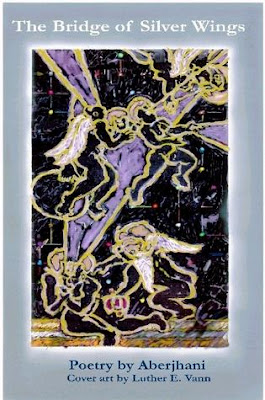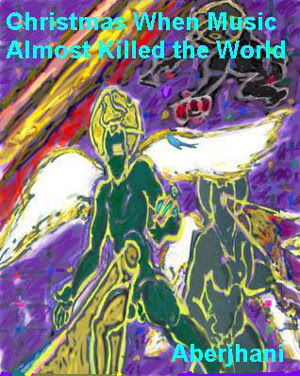New Titles from Encyclopedia of the Harlem Renaissance Author

CTI News Room, Dec 2007--Within weeks of the release of his first novel, the controversial “Christmas When Music Almost Killed the World,” American author Aberjhani made a surprise move with the early-December release of a powerful collection of poetry titled “The Bridge of Silver Wings.” Both titles have been included in the Google Book Search Program. “These titles came out relatively late for the holiday shopping season because the original plans for their publication were changed at the last minute,” said Aberjhani. “So their inclusion in the Google Book Search Program in such a short period of time is kind of miraculous and very necessary because it gives readers worldwide an opportunity to preview the books before buying them.” In a recent interview posted on The Student Operated Press, poet Chase Von (author of YOUR CHANCE TO HEAR THE LAST PANTHER SPEAK) discussed with Aberjhani the sometimes controversial nature of his work. They also spoke about his prolific output, which incl
